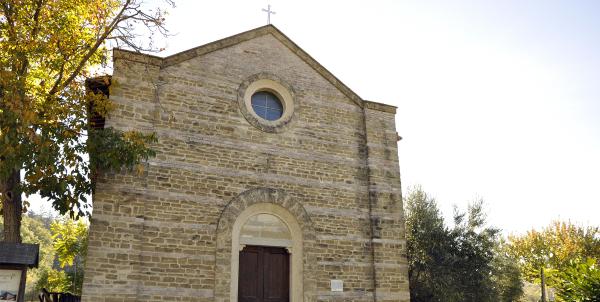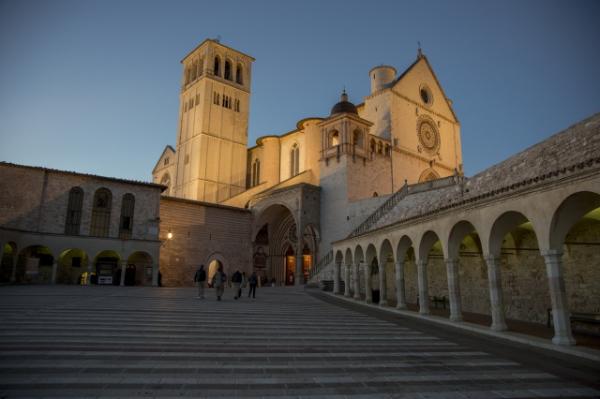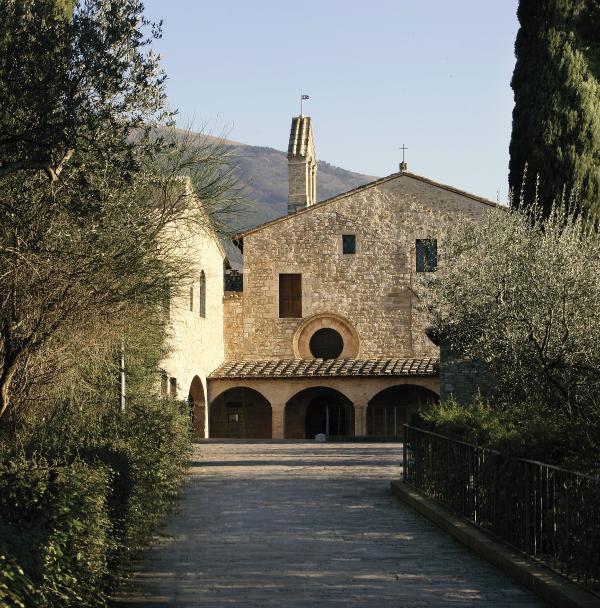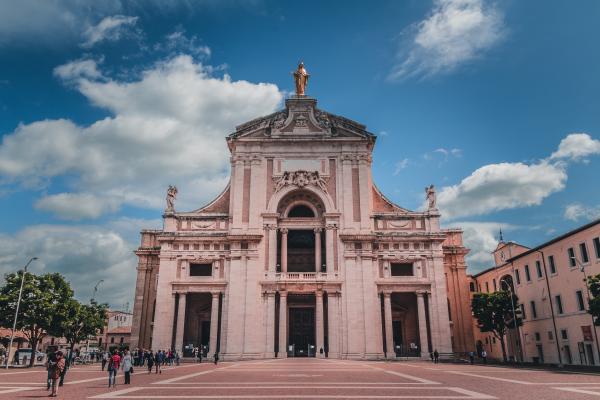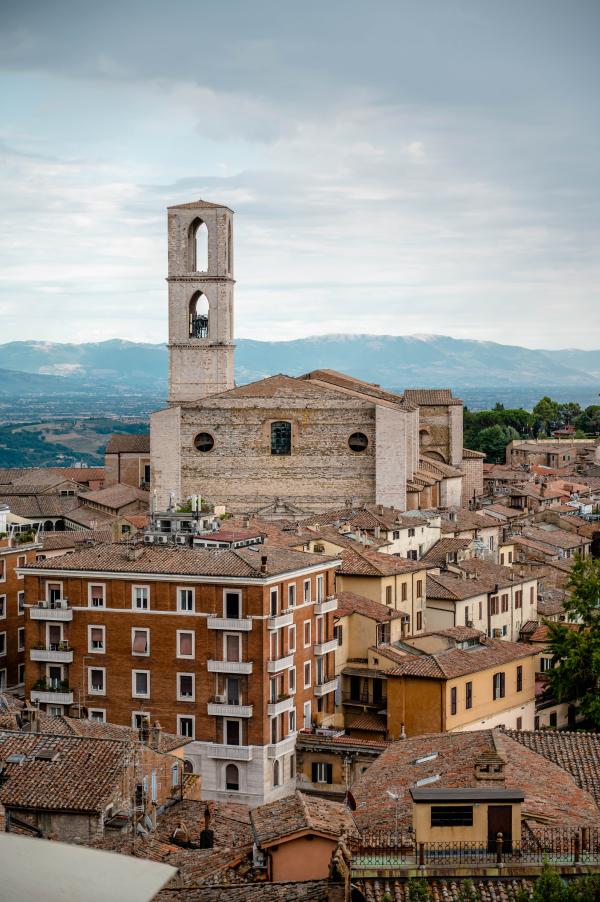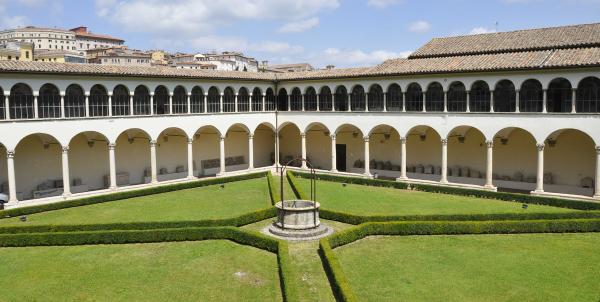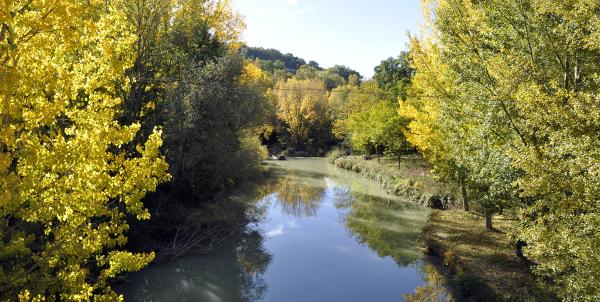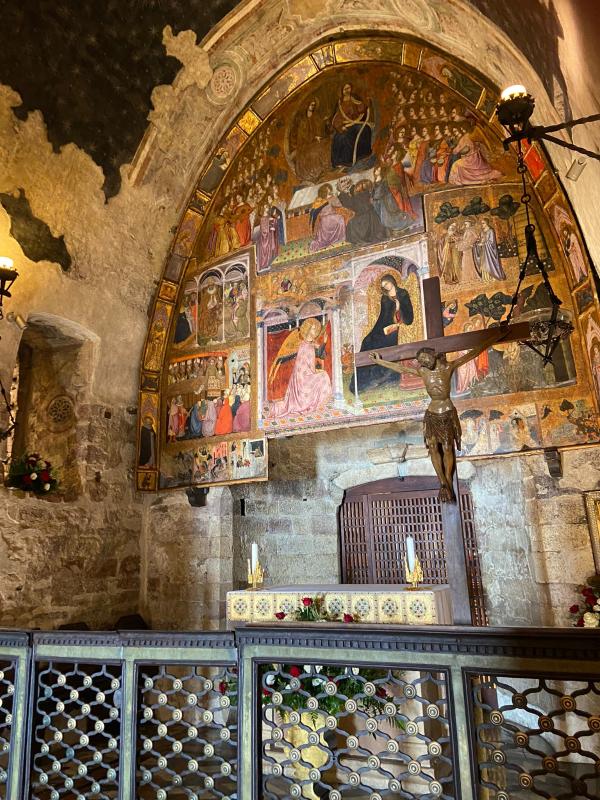Northern route, from La Verna to Assisi in the footsteps of St Francis - Northern route, from La Verna to Assisi in the footsteps of St Francis
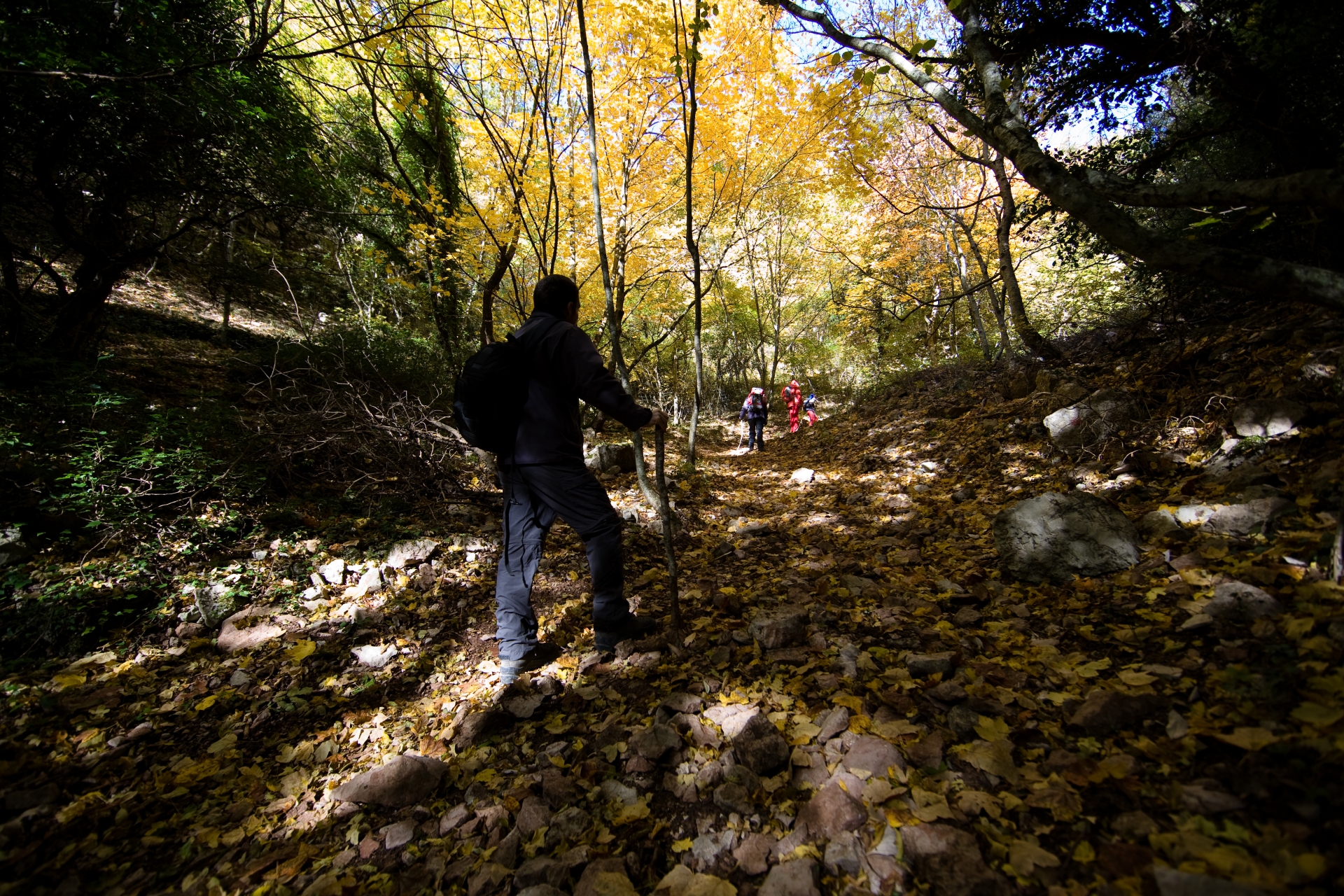
The Way of St. Francis - Northern Route from La Verna to Assisi following in the footsteps of St. Francis
.jpg/d420a0e4-f183-0769-5879-374f80b542a6?width=600)
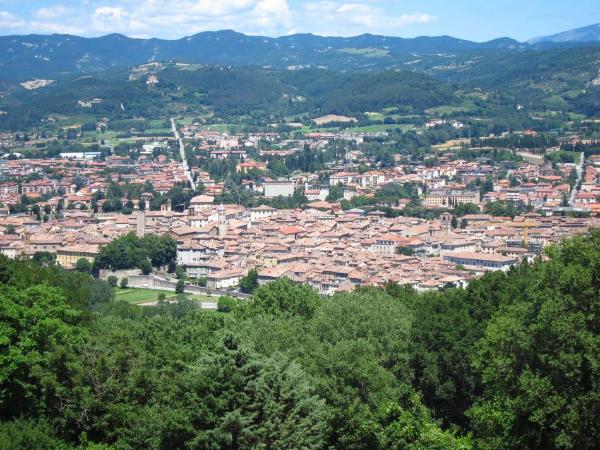
.png/e3d2707a-a67a-abdf-1a25-75b930aaffb4?width=600)
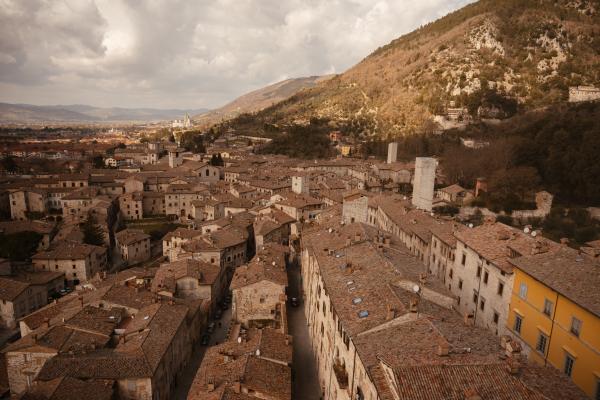
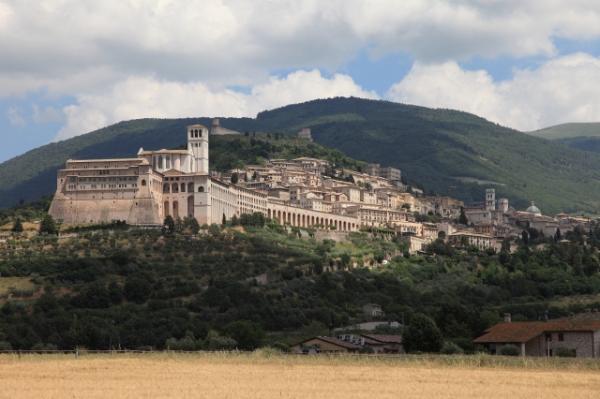
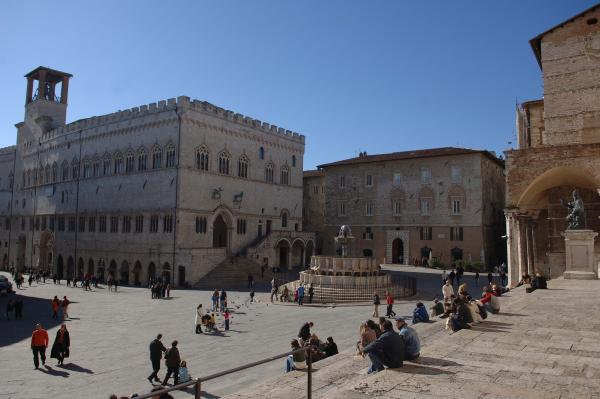
.jpg/fde3da27-7784-4639-e891-52e29bd42265?width=600)
-
Elevation gain : + 820 m
-
Elevation loss : – 1.000 m
The itinerary includes open countryside sections. It is therefore recommended to always carry a hat and water for the journey.
Before starting, it is strongly advised to consult the Way of St. Francis page for more detailed and up-to-date safety and travel information.
Surface: dirt road - asphalt
Signage: yes (yellow Tau and yellow-blue vertical and horizontal signs)
This stage of the itinerary starts from the medieval village of Citerna. Unlike the more challenging previous stages in the Apennines, this route passes through the Upper Tiber valley, with gentle ascents and descents through cultivated fields and small villages.
A visit, by appointment, is recommended to the ancient hermitage and the unique nursery of the Arborea Archaeology Park in San Lorenzo di Lerchi. Once in Città di Castello, treat yourself to a visit to the Burri collection in the Palazzo Albizzini in the historic centre, and to the Ex Seccatoi del Tabacco complex.
For more technical details and updated information, please consult the page: Stage 4 - from Citerna to Città di Castello
-
Elevation gain : + 985 m
-
Elevation loss : - 710 m
Given the length of the stage, it is advisable to carry water and a packed lunch for the journey. The last stop for food and water is in the locality of Sasso.
Before starting, it is strongly advised to consult the Way of St. Francis page for more detailed and updated safety and travel information.
Surface: dirt road - asphalt
Signage: yes (yellow Tau and yellow-blue vertical and horizontal signs)
During this stage, you will be immersed in nature, walking along country and hillside roads, tackling demanding climbs and descents in the silence of the woods. The stage reaches the medieval village of Pietralunga on the ridge of the Umbria-Marche Apennines.
Along the way, you will encounter the Pieve de’ Saddi, one of the oldest parish churches in the Tiber Valley area, and another ancient rural parish church, the current Sanctuary of the Madonna dei Rimedi. Once you arrive in Pietralunga, the village is certainly worth a visit. Just outside the village walls, ornithology enthusiasts can visit the "Silvio Bambini" Museum, which houses a collection of 280 birds and 40 mammals, offering a nearly complete representation of the bird and mammal species of the Umbrian Apennines.
For more technical details and updated information, please consult the page: Stage 5 - from Città di Castello to Pietralunga
-
Elevation gain : + 790 m
-
Elevation loss : - 865 m
Before setting off, we strongly advise you consult the page Way of St. Francis for more detailed and updated safety and travel information.
Surface: dirt road - asphalt
Signage: yes (yellow Tau and yellow-blue vertical and horizontal signs)
We are halfway through our journey to Assisi and the sixth stage mostly follows secondary roads and mule tracks. Pine forests are a constant feature, along with wide views of hills, cultivated fields and villages.
The statue of St. Francis and the wolf marks the arrival in Gubbio. The connection between the city and the saint is witnessed by a 13th-century church, the Church of St. Francis, built on land donated by a family from Gubbio, the Spadalonga, who are said to have hosted the saint after he left his father’s home. In the city, visitors are welcomed by the splendid Piazza Grande, overlooked by the Palazzo dei Consoli. On the occasion of the Feast of the Ceri of Gubbio, on May 15th, both are adorned with the colours of the city’s patron saints.
Geology enthusiasts or those travelling with children should not miss the Extinction exhibition on the extinction of the dinosaurs or a visit to the Bottaccione Gorge.
For more technical details and updated information, please consult the page: Stage 6 - from Pietralunga to Gubbio
-
Elevation gain : + 1,210 m
-
Elevation loss : - 865 m
The first part of the route is on asphalt. Be cautious.
Before starting, it is strongly advised to consult the page Way of St. Francis for more detailed and updated safety and travel information.
Surface: dirt road - asphalt
Signage: yes (yellow Tau and yellow-blue vertical and horizontal signs)
The stage is more challenging than the previous ones, with continuous ups and downs through the woods along the ridge after leaving Gubbio. Along the itinerary, you will come across the Abbey of Vallingegno where the Saint used to stop during his pilgrimages to La Verna. Another notable site is the Church of Santa Maria Assunta, which houses valuable votive frescoes of the 14th-century Umbrian school, attributed by some to the Cimabuesque school. This stage ends with the arrival at the medieval castle of Valfabbrica, historically disputed between the cities of Assisi, Gubbio and Perugia, until it came under the rule of the Papal States in the 16th century.
For more technical details and updated information, please consult this page: Stage 7 - from Gubbio to Valfabbrica
-
Elevation gain : + 660 m
-
Elevation loss : - 590 m
The first part of the route is on asphalt. Be cautious.
Before starting, it is strongly advisable to consult the page Way of St. Francis for more detailed and updated safety and travel information.
Surface: dirt road - asphalt
Signage: yes (yellow Tau and yellow-blue Way of St. Francis signs)
We have reached the final stage of the Northern Way; the city of the Saint is getting closer. The path begins in the silence of the woods and then continues through the olive groves and vineyards on the green hills and in the Umbrian valley. The city of Assisi, with its characteristic pink stone from Monte Subasio, is a UNESCO World Heritage Site, as are some of its sacred places. These include the Cathedral of San Rufino, the Basilica of Santa Chiara, the Basilica of Santa Maria degli Angeli, and the Church of San Damiano. The Sanctuary of Rivotorto, just outside the city, where the saint founded the order of Friars Minor, is also worth a visit.
The stage ends with a visit to the Saint's tomb at the Basilica of St. Francis, which houses the works of great artists such as the Master of St. Francis, Cimabue, Giotto, Simone Martini, Pietro Lorenzetti and Puccio Capanna.
For more technical details and updated information, please consult this page: Stage 8 - from Valfabbrica to Assisi
-
Elevation gain : + 1,010 m
-
Elevation loss : - 830 m
The first part of the route is on asphalt. Be cautious.
Before starting, it is strongly advisable to consult the page Way of St. Francis for more detailed and updated safety and travel information.
Surface: dirt road - asphalt
Signage: yes (yellow Tau and yellow-blue Way of St. Francis signs)
The route is mainly on asphalt, passing through olive groves and villages. This stage is an interesting variant that allows for a visit to Perugia.
Augusta Perusia, an ancient Etruscan city that still preserves two of its ancient gates, the Porta Marzia and the Arco Etrusco, is today the regional capital. During the city stop, it is worth visiting the National Gallery of Umbria or the National Archaeological Museum of Umbria. The city also holds the memory of a significant moment in the life of St. Francis, when, during the conflict between the cities of Assisi and Perugia, he was captured and imprisoned in the Supramuro dungeon.
For more technical details and updated information, consult the page: Stage 8A - from Val Fabbrica to Perugia
-
Elevation gain : + 400 m
-
Elevation loss : - 510 m
Primo tratto della via asfaltato. Prestare attenzione.
Prima di partire, si consiglia vivamente di consultare la pagina La via di Francesco per avere informazioni utili e di sicurezza più dettagliate e aggiornate.
Fondo: strada bianca-asfalto
Segnaletica: sì (Tau giallo e segnali giallo blu della Via di Francesco)
Nella seconda variante Perugia-Assisi l’itinerario scende fino al Tevere, scorre tra i centri abitati della valle Umbra, arriva a Santa Maria degli Angeli, per poi salire in città per la strada mattonata, superare Porta San Pietro e arrivare alla tomba di San Francesco. Questa tappa, ogni anno, viene interessata dalla marcia della Pace Assisi – Perugia, ideata da Aldo Capitini nel 1961.
Si passa per Santa Maria degli Angeli, nella cui Basilica, luogo di nascita della prima comunità francescana, è custodita la porziuncola del poverello di Assisi.
Per maggiori dettagli tecnici e informazioni aggiornate si consulti la pagina: Tappa 8B - da Perugia ad Assisi

Path in Assisi, high mountains along the Way of St. Francis
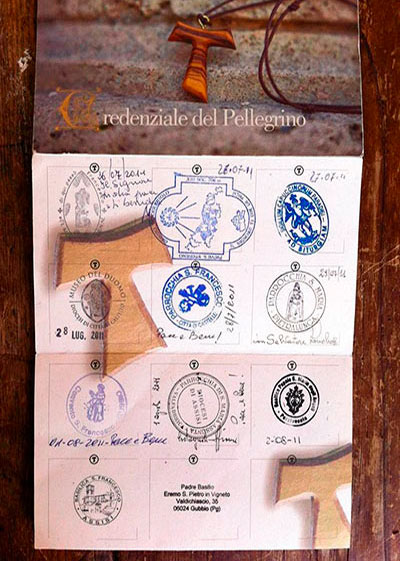
Credenziale del Pellegrino
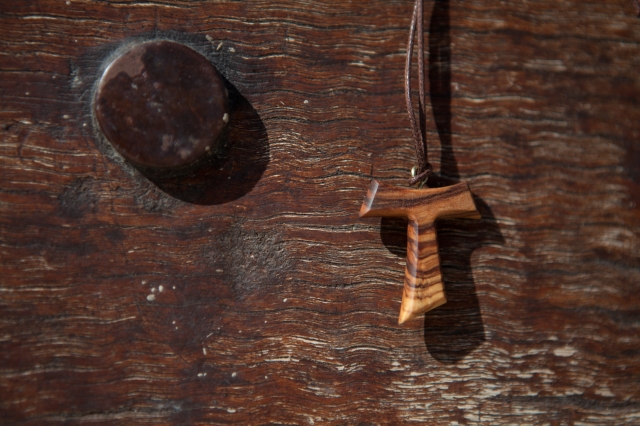
Tau di San Francesco
























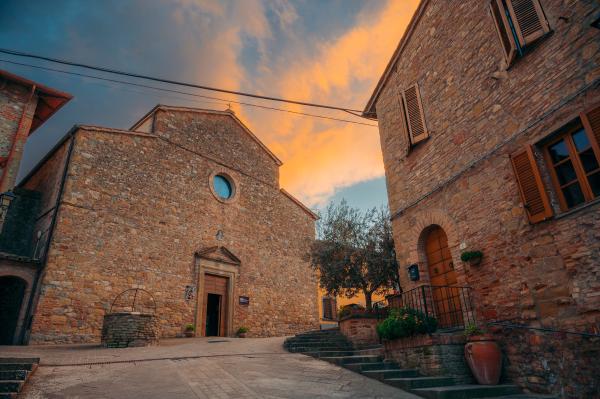
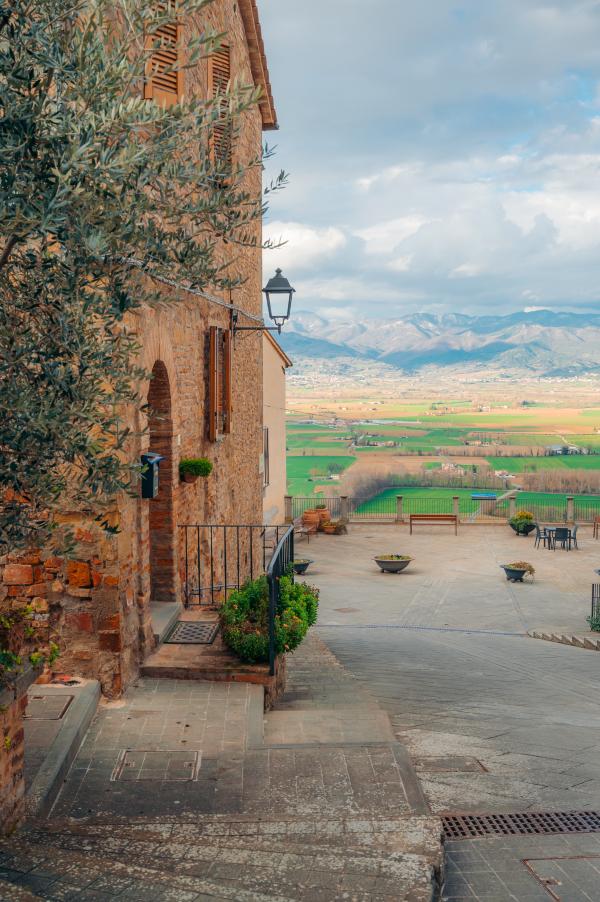
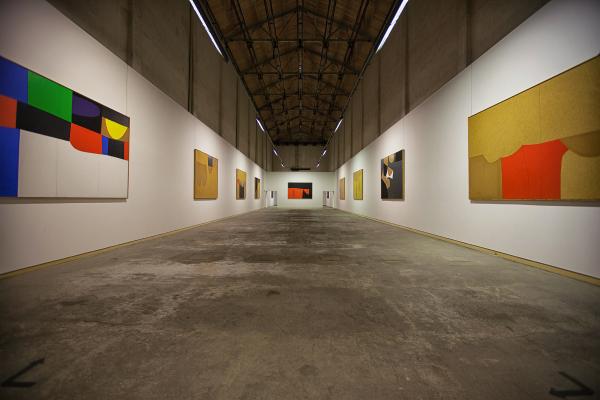
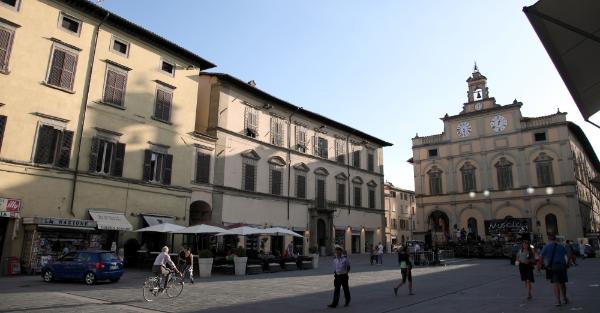
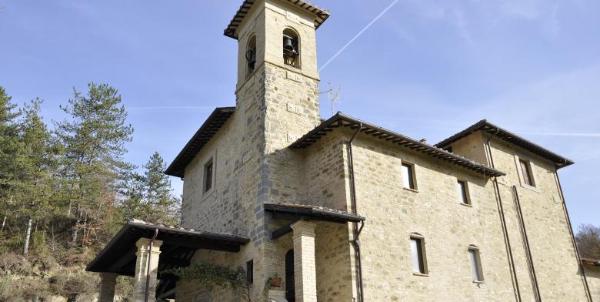
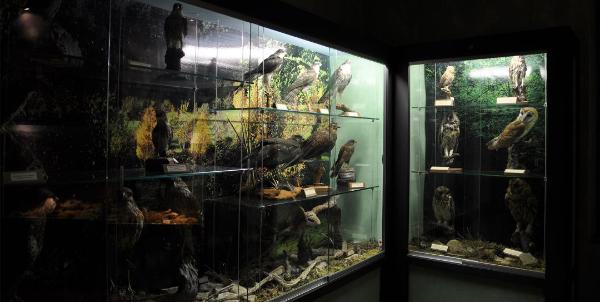
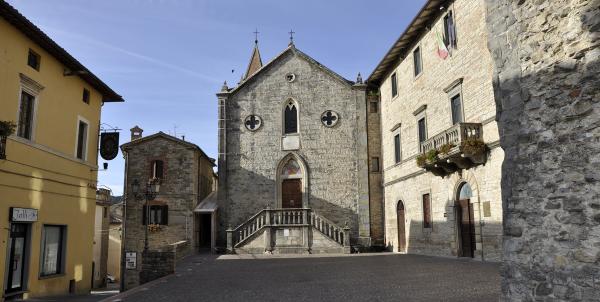
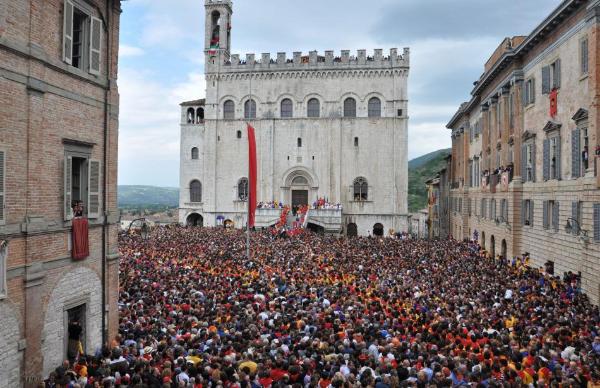
.jpg/5519283c-29cc-2504-3d72-12ce0e8626c2?width=600)

